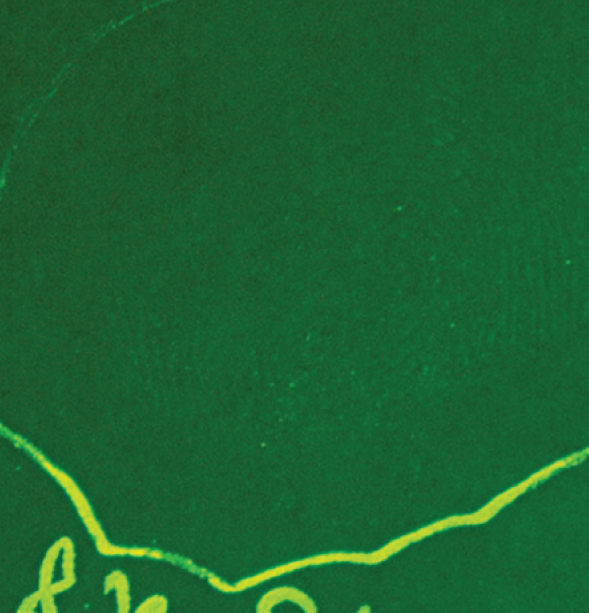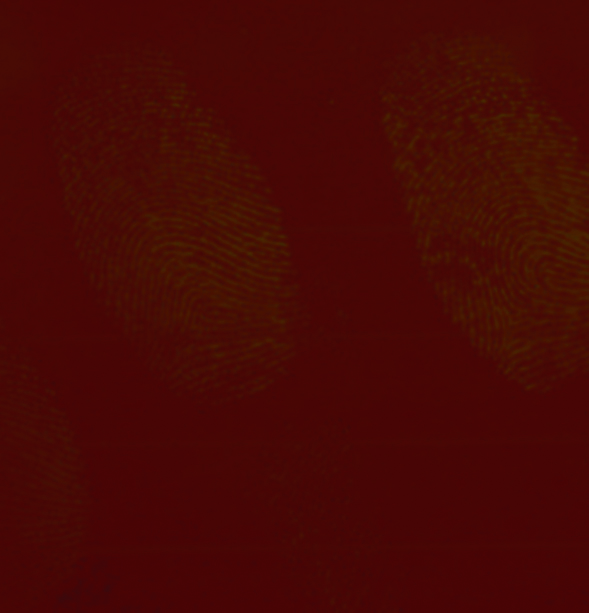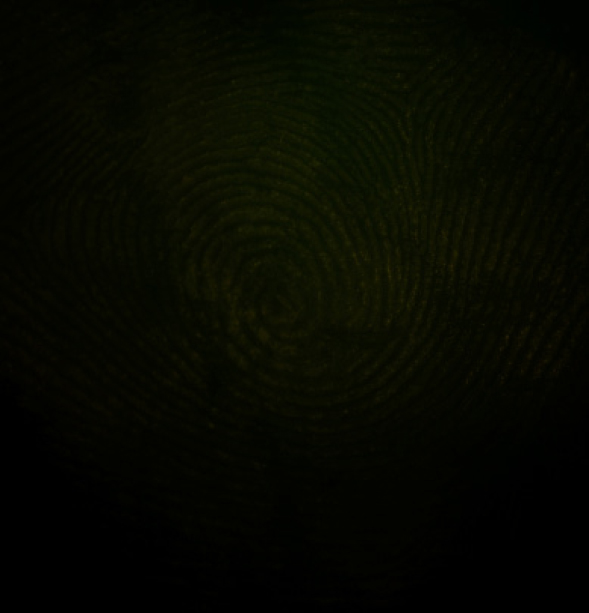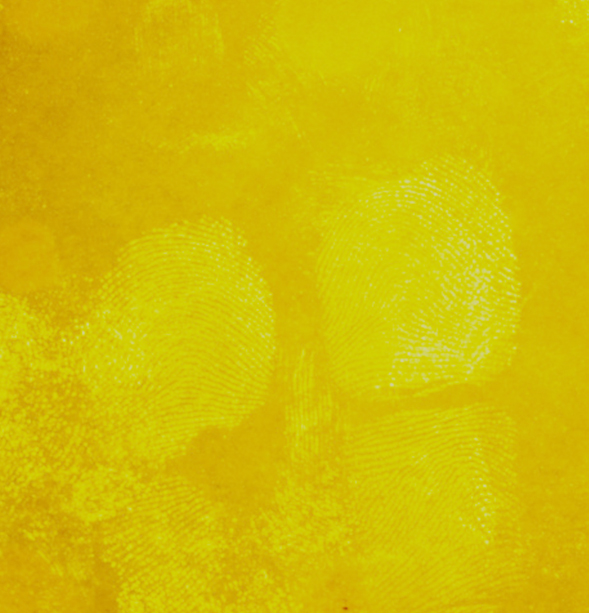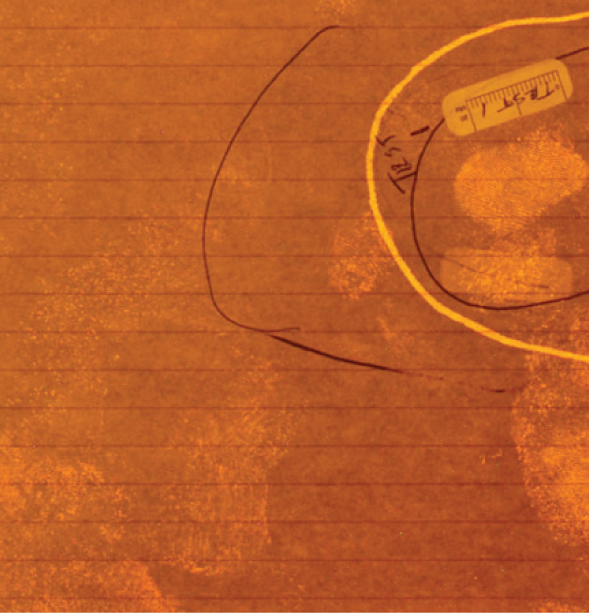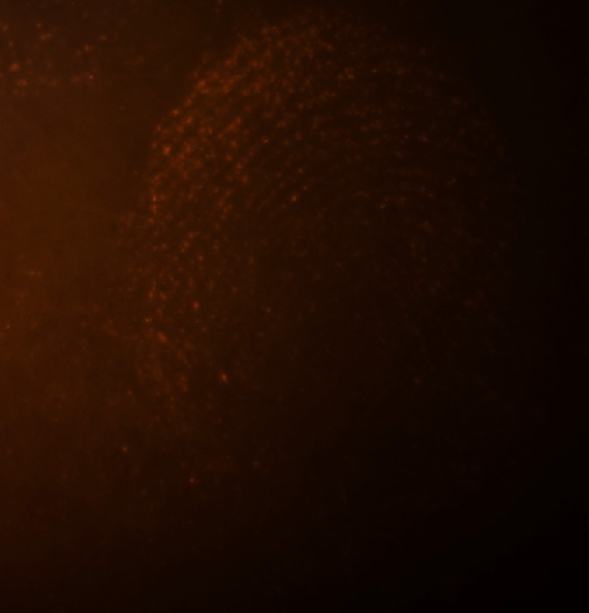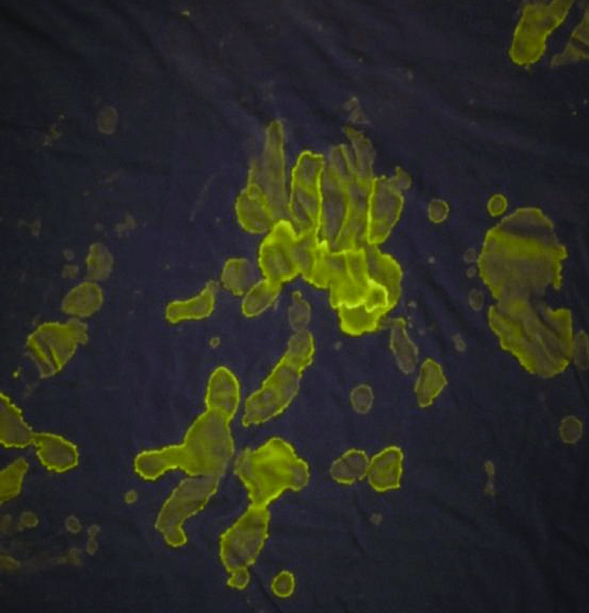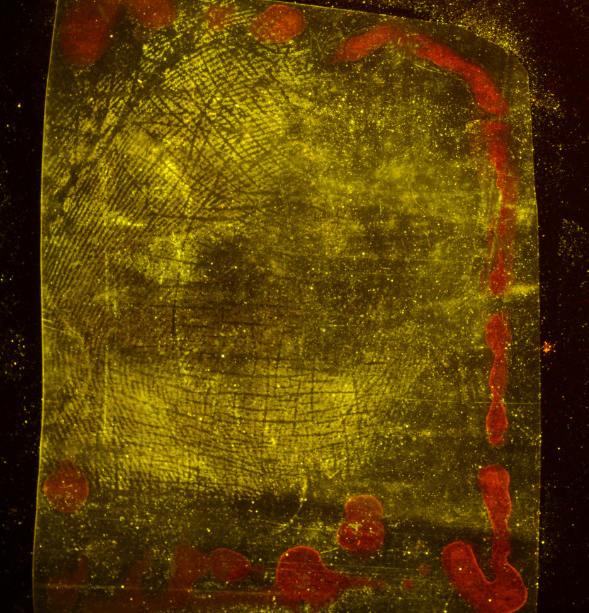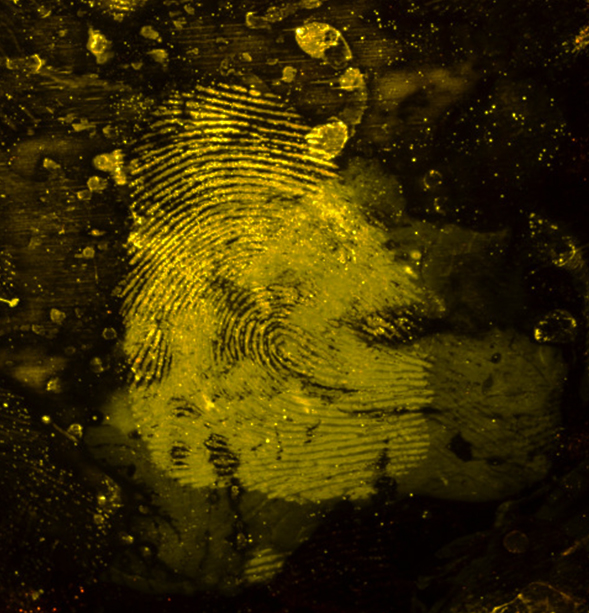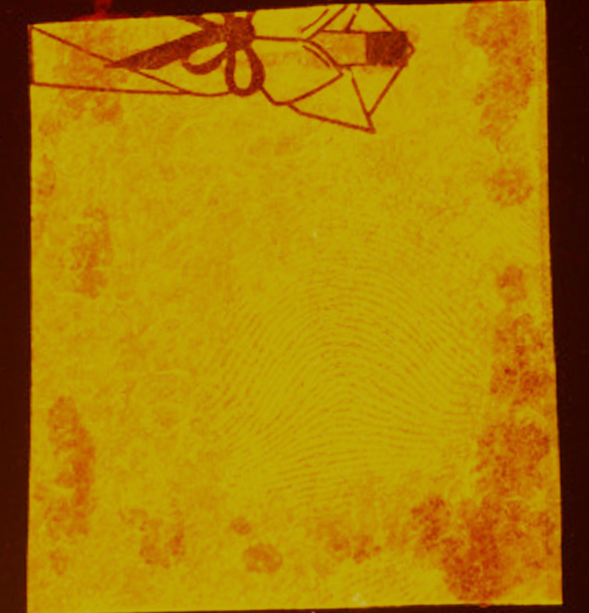Posted by QC on 1st Aug 2018
Dual77: Laser vs. ALS
Ever since the late 1970s, forensic light sources have aided investigators in detecting and processing vital pieces of evidence. The method of fluorescing evidence has proved invaluable throughout the last fifty years. Investigators are now provided a large array of forensic lights to choose from, coming in all shapes and sizes. However, investigators still need to make the best use of allocated funds. For this reason forensic lights that have a high cost effectiveness must be chosen. Forensic lasers not only provide superiority in fluorescing both treated and untreated evidence, but also provide high cost effectiveness made possible through recent advancements in laser technology. As the first article in our four part series on the Dual77, this article explains the fundamentals of fluorescence, discusses how different types of light sources can affect fluorescence, and provides information on new laser technology.
FLUORESCENCE
You might have heard someone say that a “high visibility” yellow rain coat seems to glow, as if more yellow light is coming from the jacket than what is reflected by a normal yellow rain jacket. This is, in fact, true. Yellow light is being reflected, but in addition, the jacket material is also absorbing a small amount of other colors of light (blue-green, UV) and emitting those colors as yellow. Instead of simply reflecting or absorbing colors, fluorescent materials also shift colors, in a phenomenon known as Stokes shift. These fluorescent materials absorb one color of light (excitement wavelengths) and emit that energy as another color (emission wavelengths).
FLUORESCENCE IN FORENSICS
When searching for and examining evidence, the goal is to maximize contrast between the evidence and background, enhancing the visibility of the evidence. One very effective way of producing this contrast is fluorescing the evidence. Some evidence, such as serological stains, bone and teeth fragments, latent fingerprints, hairs, and fibers naturally exhibit fluorescence under certain wavelengths (inherent fluorescence). Latent prints can also be dusted with fluorescent powders or treated with different fluorescent chemical agents, providing the needed fluorescence and contrast to detect and document the prints.
The key to fluorescing evidence is a two-step process that happens in parallel. First, the excitement wavelength must be isolated. Therefore, light sources that produce only specific wavelengths are used in a dark environment, so as to minimize non-useful wavelengths produced by ambient light. By introducing only wavelengths that excite the fluorescent evidence, no other non-useful light will interfere and cover up the fluorescence. The more isolated a wavelength is, the more contrast there will be. Secondly, and at the same time, all light except what is being emitted from the evidence must be filtered out, in order to make fluorescent evidence stand out from the background. Band-pass goggles and camera filters eliminate light produced by the forensic light source and allow only the light emitted by the evidence to pass through. Without these goggles or filters, the light produced by the forensic light source would overwhelm the fluorescence. By providing only isolated wavelengths and then filtering out those wavelengths, the fluorescent shift can be clearly seen.
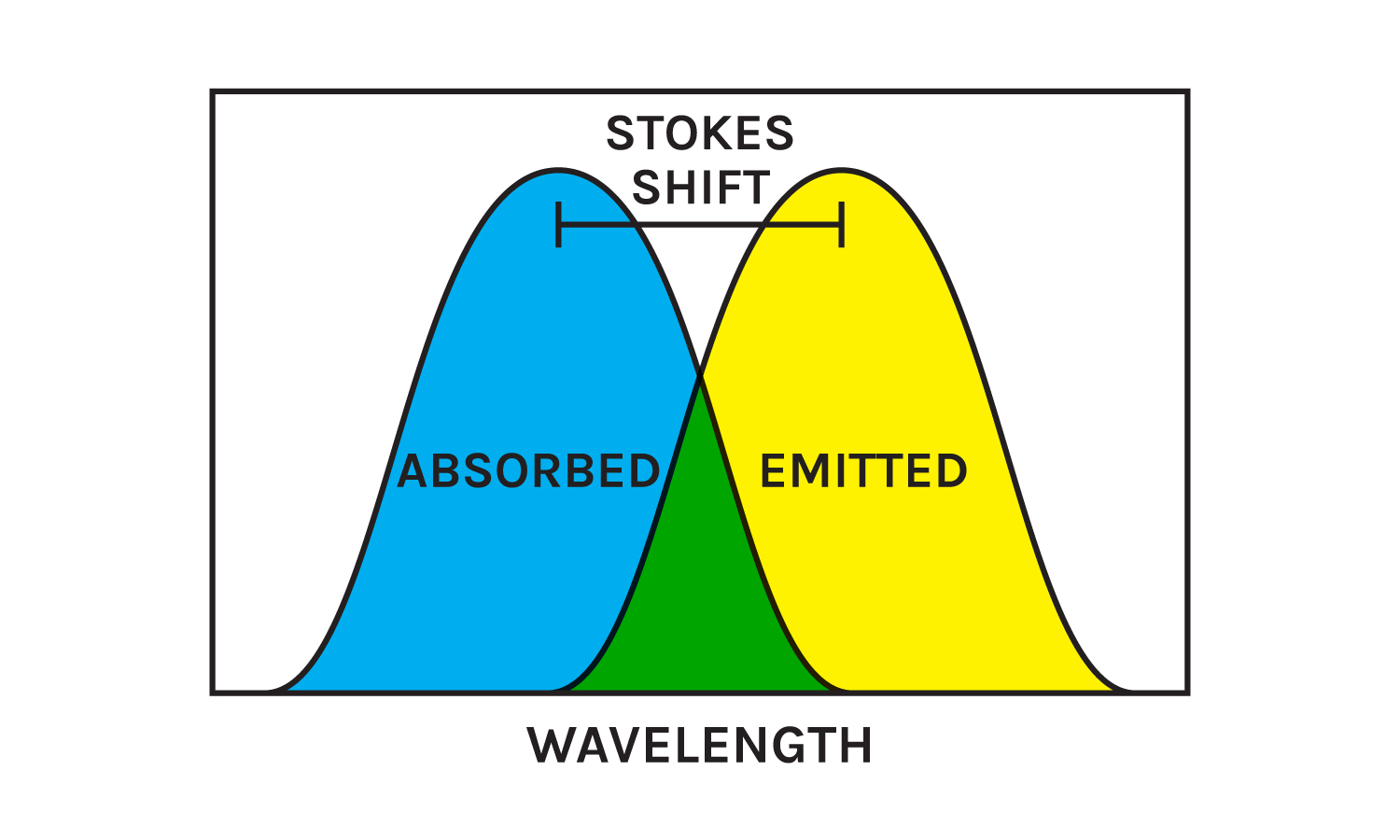
Fluorescence is exhibited in materials that shift wavelengths of light.

Fluorescence can be observed with the use of bandpass filters.
A QUICK HISTORY OF LIGHT SOURCES
The Ontario Provincial Police first developed these processes for latent print detection in the late 1970s, with the introduction of argon ion lasers. Building off of discoveries made using argon ion lasers, alternate light sources (ALS) were introduced in the early 1980s. These operated on the same principles as the lasers but used a strong white incandescent lamp that was filtered to produce a specific band of wavelengths. In the 1990s, light emitting diode (LED) technology was introduced into the forensic field. These LED light sources could efficiently produce specific bands of wavelengths without the need for filtering out the rest of the spectrum. Both ALS systems and LED light sources provided a more portable and cost effective way to fluoresce evidence. However, recent advancements in laser technology have enabled forensic lasers to provide a number of benefits over ALS and LED devices.
LASER VS. ALS AND LED LIGHT SOURCES
LED and ALS devices share two common downfalls: a relatively wide band of excitement light and low intensity. While these lights work in some instances, they can miss vital evidence. In cases where evidence exhibits a low level of fluorescence, or is present on a difficult background, an extremely narrow bandwidth and high intensity are invaluable. Only a laser produces these two attributes. This vital difference is due to how each source produces its light. An ALS produces white light at its maximum power. A large portion of that light, and therefore power, is then filtered out in order to produce the desired bandwidth. This remaining power is spread across the target bandwidth of 30-40 nm. Therefore, only a portion of the power is being used to fluoresce the evidence; the rest is wasted. LEDs are similar. While they only produce the target bandwidth, they produce at a lower power. This power is also spread out at a slightly better range of 25-40 nm. Lasers, on the other hand, operate with efficient and powerful focus. Only the target wavelength is produced by the diode at full power. Nearly all of that power is delivered through the optics, without the obstruction of filtering. Furthermore, all of that power is concentrated within, the extremely narrow 1 nm bandwidth, producing an intense, pure beam that provides superior fluorescent sensitivity. Due to its extremely narrow bandwidth and intensity, a laser can easily detect evidence with low fluorescence, whereas investigators using an ALS must use different combinations of lights and filters in order to make an attempt to recover all the evidence
ALS EXEMPLARS | MOUSEOVER FOR LASER
|
|
| Untreated print on white paper | 1,2-Indanedione on ruled paper |
|
|
| Rhodamine 6G on plastic | Semen on patterned fabric |
|
|
| 1,2-Indanedione | DFO on ruled paper |
|
|
| DFO on paper | Semen |
|
|
| Ardrox | RAM on foil |
|
|
| 1,2-Indanedione | Fluorescent powder lifted with clear tape |
The difference seen in the exemplars above is a result of both the bandwidth and power differences between forensic lasers and alternate light sources. In an ALS, power is spread across its whole bandwidth, which creates fluorescence, but does not isolate the fluorescent evidence as well as a laser. LEDs produce better, but similar, results. Again, this is due to the bandwidth curve and power output of the device. In a laser, all of the energy is retained within an extremely narrow bandwidth, which results in the high contrast fluorescence needed in evidence processing.



ADVANCING LASER TECHNOLOGY
Along with these benefits, new laser technology has enabled lasers to become versatile, highly efficient, and ultra-portable. When argon ion lasers were first developed, they needed dedicated rooms, with enough space to fit their giant components and access to water mains for cooling. But within the last fifteen years, laser technologies such as optically pumped semiconductor (OPS) lasers, diode pumped solid-state (DPSS) lasers, and semiconductor diode lasers have revolutionized forensic lasers. These technologies enable forensic lasers to provide both power and heat efficiency. Systems no longer need to be water-cooled and can be operated off of battery power. These factors and the small size of modern components allow the laser systems to be lightweight and portable, bringing the benefits of a laser to the field. This enables investigators to quickly and efficiently process a scene with a high power forensic light source that reveals more evidence than traditional forensic light sources.
Traditionally, lasers have been restricted to the lab, utilized in detecting and documenting latent fingerprints. However these new advancements in technology have led to the use of green lasers in the field, not only for the detection of latent prints, but also trace evidence. These same technologies also make other laser wavelengths possible. Recently, blue lasers have become available in the same systems as green lasers, providing more versatility in searching for a wide variety of evidence.
Another benefit of these new technologies is cost effectiveness. In the past, lasers were more expensive than what they were worth to many agencies and departments. Lasers were often specialized to latent print examination, and were not a wise investment for agencies and departments that did not need such a specialized and expensive tool. However, this new technology has become increasingly more affordable. The portability, versatility, and detection effectiveness of some forensic lasers now rival, if not surpass the cost effectiveness of many ALS and LED devices.
CONTACT US!
If you need a quote, brochure or additional information about the DUAL77 or any other products, please contact one of our customer service specialists:
Product Info: Brad Brown, brad@arrowheadforensics.com, 913-945-1807
Quotes: Brianna Mccreary, quotes@arrowheadforensics.com, 913-945-1841



